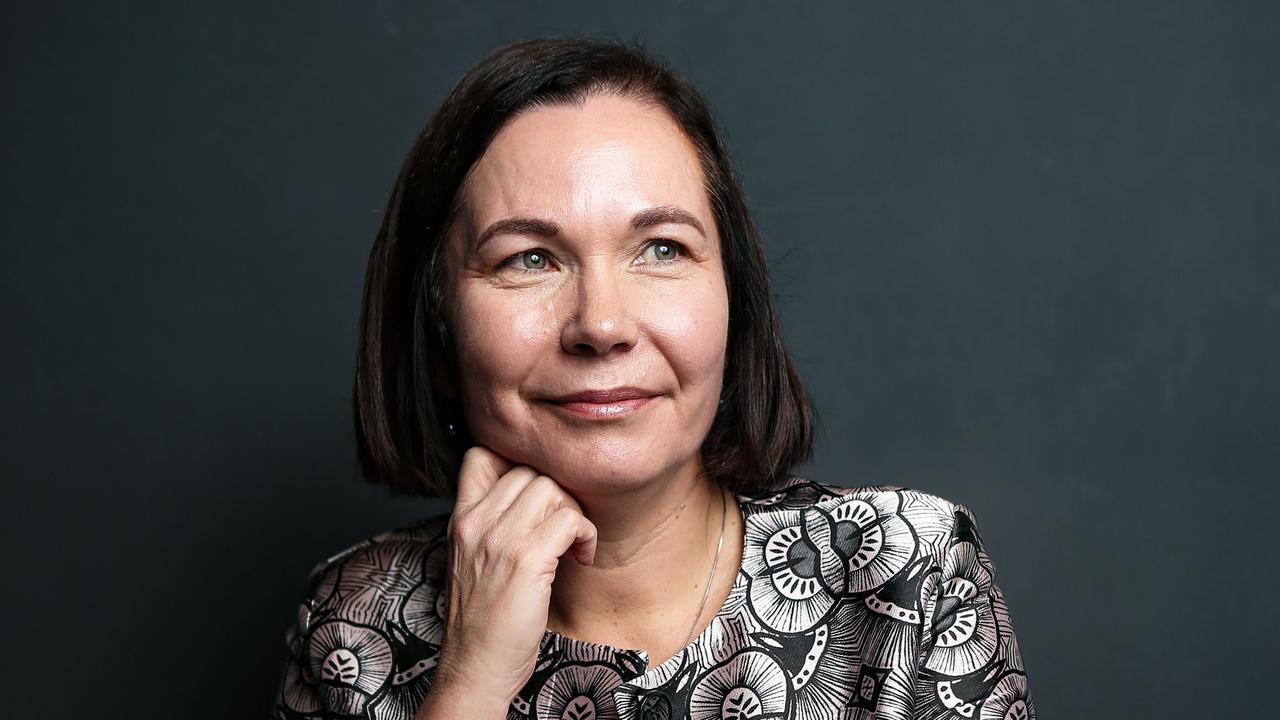Schools scheme a major success
THERE has been a lot of discussion recently about indigenous children going to boarding schools.
As the founder of the Australian Indigenous Education Foundation, and the St Joseph’s College Indigenous Fund before that, I have been working in this area for more than 10 years in partnership with some of the leading schools and educators in Australia with hundreds of years of experience between them. Collectively, we know what works and why.
Gary Johns wrote recently in The Australian that boarding schools should be part of the government’s plans to tackle indigenous disadvantage. He says AIEF is on the right track but that “until now it has been cherry-picking the best, brightest and most integrated students and sending them to expensive schools”.
This is not correct. AIEF does not select the best and brightest indigenous students, and never has. Our scholarships are awarded to kids who are enthusiastic and hungry for the opportunity and who come from families and communities which are supportive and aspirational. The families contribute to the costs so we know they are committed. In some instances the parental contribution could be even greater than the AIEF contribution.
Johns also made the point that some of the schools were expensive to attend. But on closer analysis, at a program level, it is clear taxpayers are getting a good bang for their buck. AIEF’s average net scholarship cost is approximately $15,000 per student per annum. This includes the net amount we fund for boarding and tuition fees, incidentals such as uniforms, books, extra-curricular activities, camps and excursions, and some support for work readiness training, mentoring, post-school transition support case management and the administration and overhead costs for the program.
A unique factor in the AIEF model is the leveraging of private sector participation and co-investment. The Australian government has invested $32 million in AIEF since 2009 and since then we have raised private sector co-funding of $53m, making a total of $85m. On this current ratio the government has invested 38 per cent and the private sector 62 per cent. If we apply that to the $15,000 average annual cost of an AIEF scholarship, the current implied government contribution is $5650 per student per annum.
It also means that major companies, including Commonwealth Bank, BHP Billiton, BP, Leighton, HSBC and Qantas, are fully engaged in our work, giving students access to potential careers in almost every field imaginable. Hundreds of volunteer staff from our corporate partners also work with those students one-on-one to make sure they have the practical skills needed to successfully transition into real jobs.
Federal government statistics show AIEF has the highest rate of retention and Year 12 completion of any program in Australia. More than 90 per cent of secondary school students on AIEF scholarships stay at school and complete Year 12. Nearly 100 per cent of our Year 12 graduates make a successful transition into further study or employment. That compares with national figures which indicate about half of indigenous children are finishing Year 12. When we look at outcomes we also have to look at costs, and here too AIEF is the national leader. Our latest figures show that AIEF spent an amount equivalent to only 2.6 per cent of scholarship funding on total costs to date, other income generated by AIEF for costs is taken into account. That’s the highest outcomes and the lowest costs of any program in Australia.
But we need to tread carefully in the general debate about sending thousands of indigenous children to regional boarding schools and hostels.
The Northern Territory government’s education consultant Bruce Wilson recently proposed closing the most remote Aboriginal secondary schools and sending students to regional boarding schools and hostels to try to lift attendance rates and poor performance. We know from experience that it would be imprudent to invest money in boarding school places for students who are not enthusiastic, or whose families are not supportive, or in attending schools or hostels that do not have a successful track record or commitment.
Many regional schools and hostels close to remote communities already have significant excess capacity with beds that Aboriginal children are not taking up.
One of AIEF’s most important functions is analysing the capability of a boarding school to achieve successful outcomes and we only invest in scholarships at those schools that can. It is essential that further public investment be targeted at scaleable programs like AIEF rather than risking precious dollars by experimenting with schools that kids don’t want to be at or that don’t have a track record.
It’s no coincidence that all five of The Australian’s 2014 Australian of the Year recipients (Warren Mundine, Marcia Langton, Adam Goodes, Andrew Forrest and Noel Pearson) are AIEF supporters and advocates. AIEF currently funds nearly 500 students a year. There is sufficient demand and available boarding school places to double this to 1000 students if more funds were available.
Boarding school doesn’t suit every indigenous child. But if anyone were to start with a blank piece of paper and design the ultimate indigenous education program, it would be one with the highest rate of success in getting kids to complete school and transition to university or a real job, it would draw upon private sector funds to reduce the cost to government, it would have the lowest operating costs in the country, it would have a long-term focus with a viable and sustainable business model, and it would be supported by the most influential leaders from business, government, indigenous leaders and the community at large.
AIEF was conceptualised and designed to be all those things, and our track record and results demonstrate that we have become and done all those things.
Andrew Penfold is the founder and chief executive of AIEF, and a member of the Prime Minister’s Indigenous Advisory Council.


